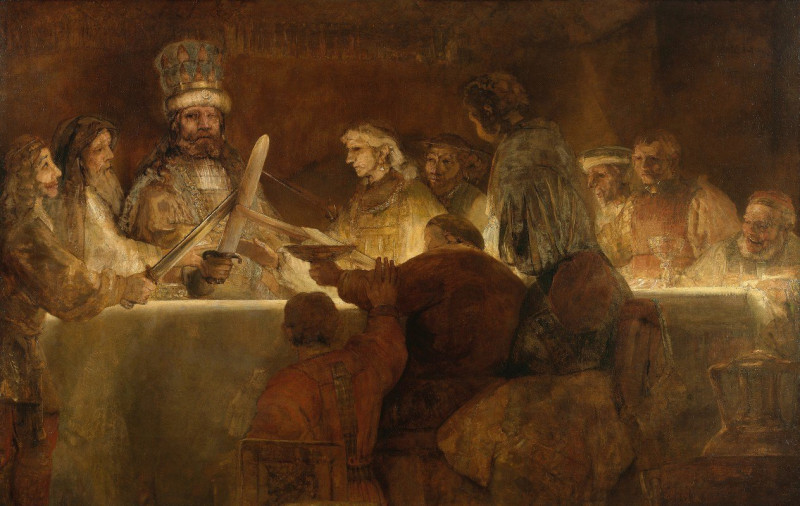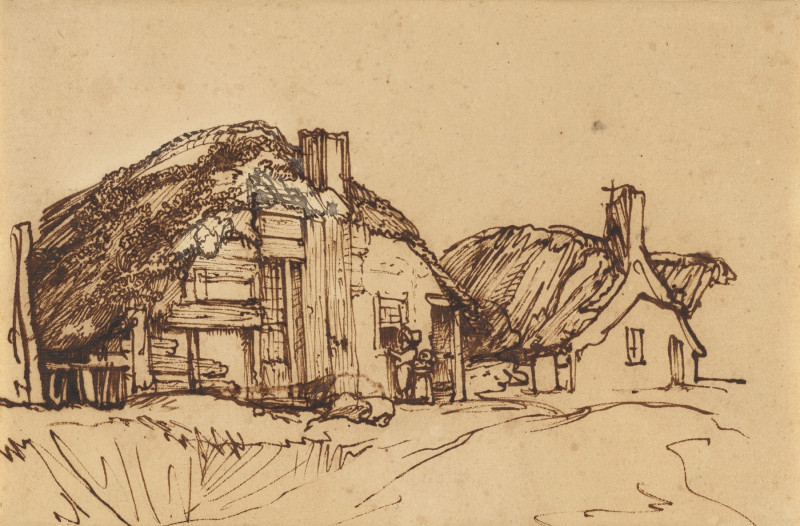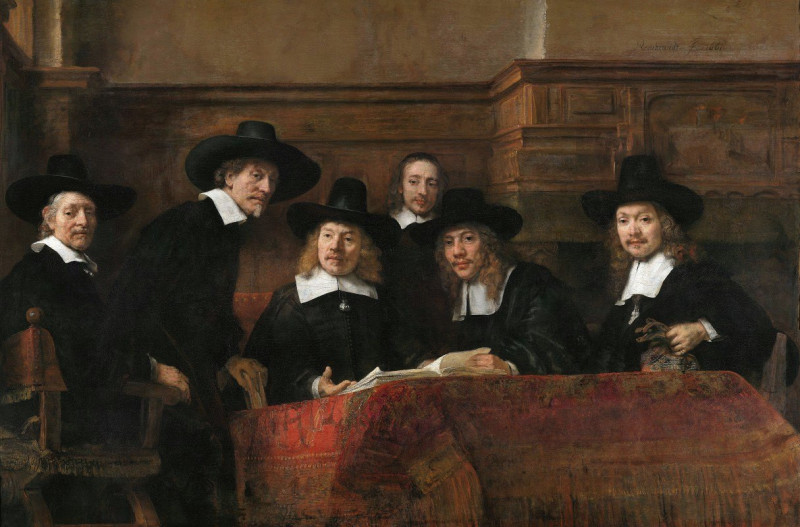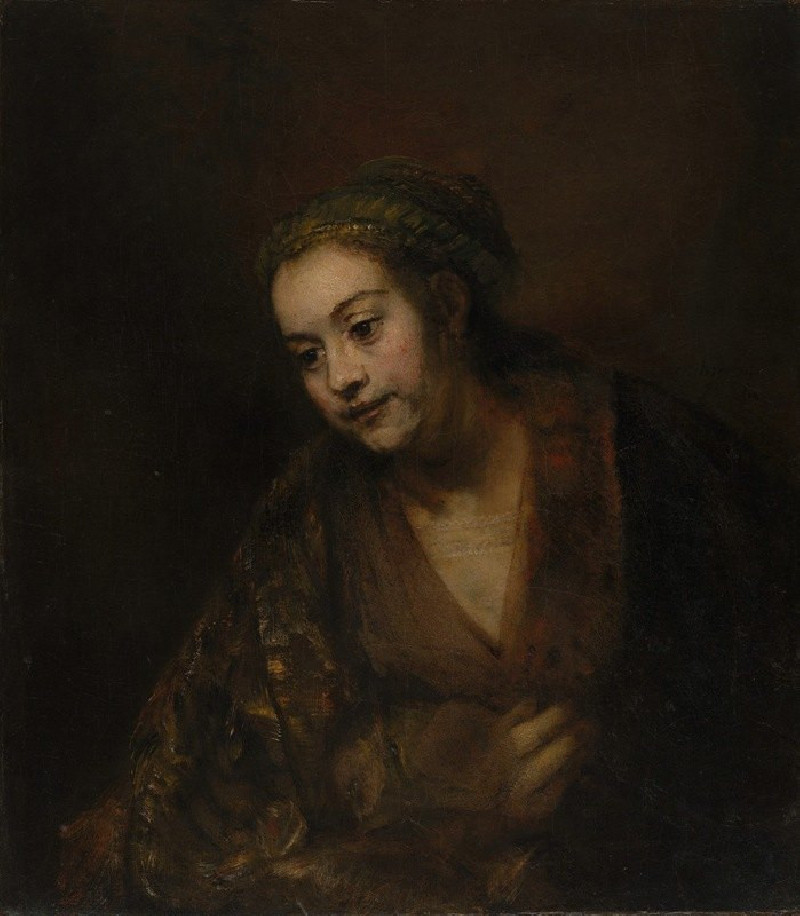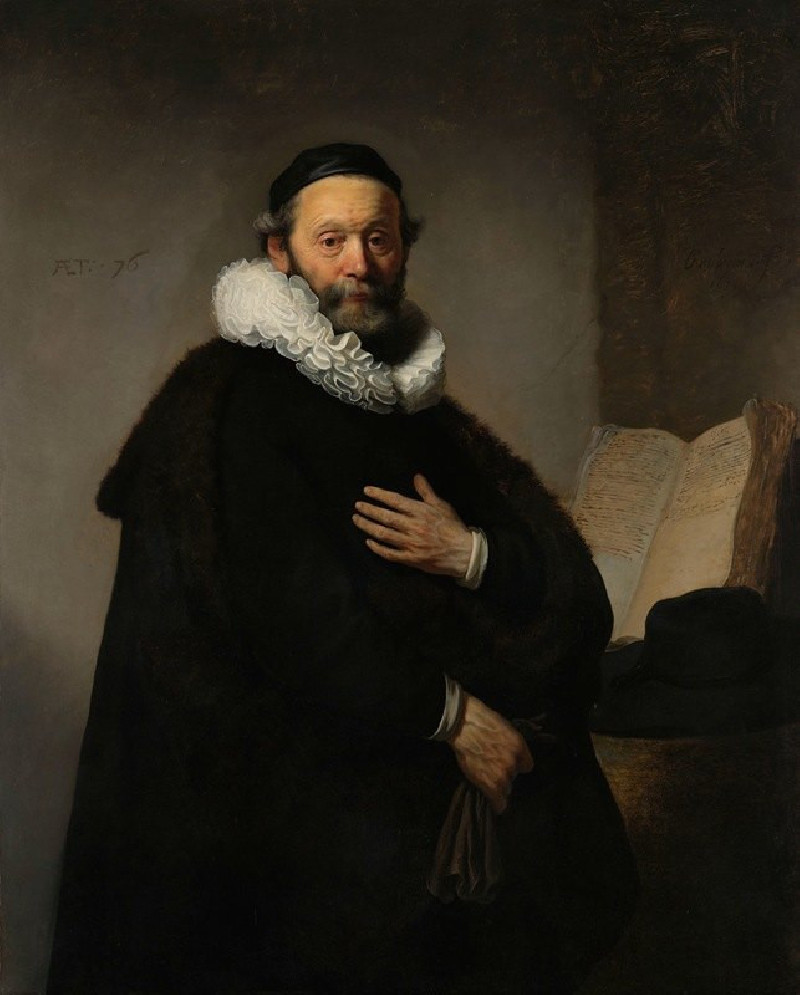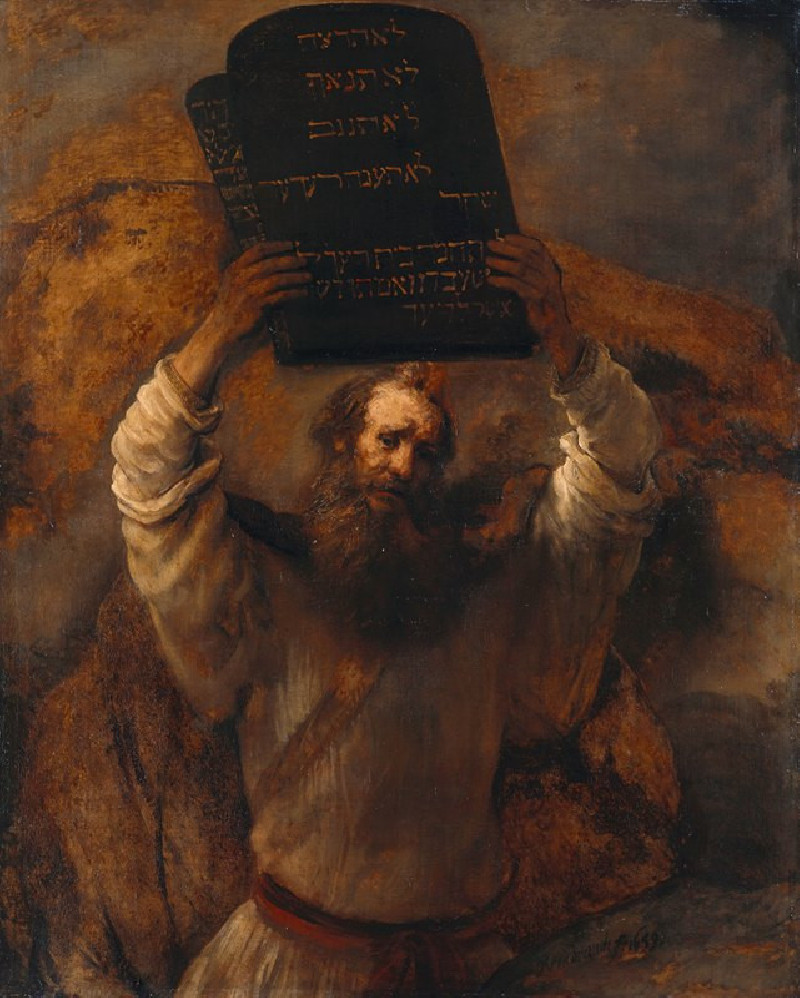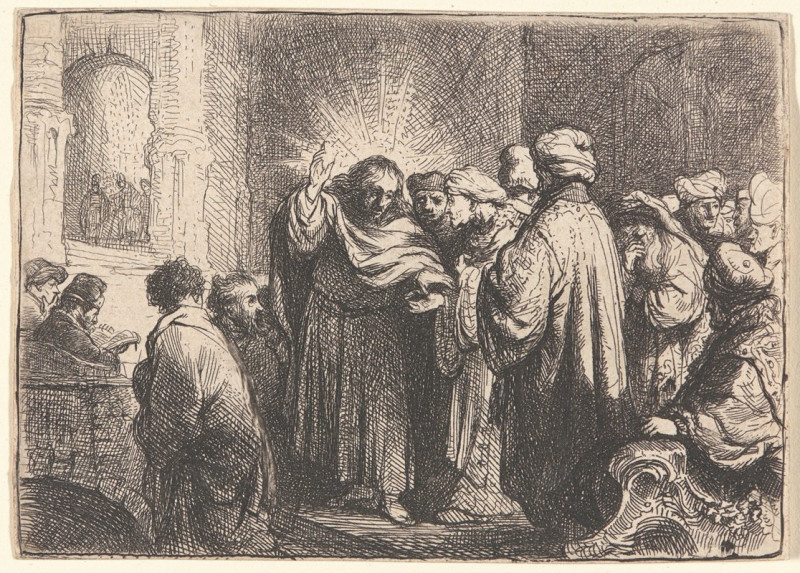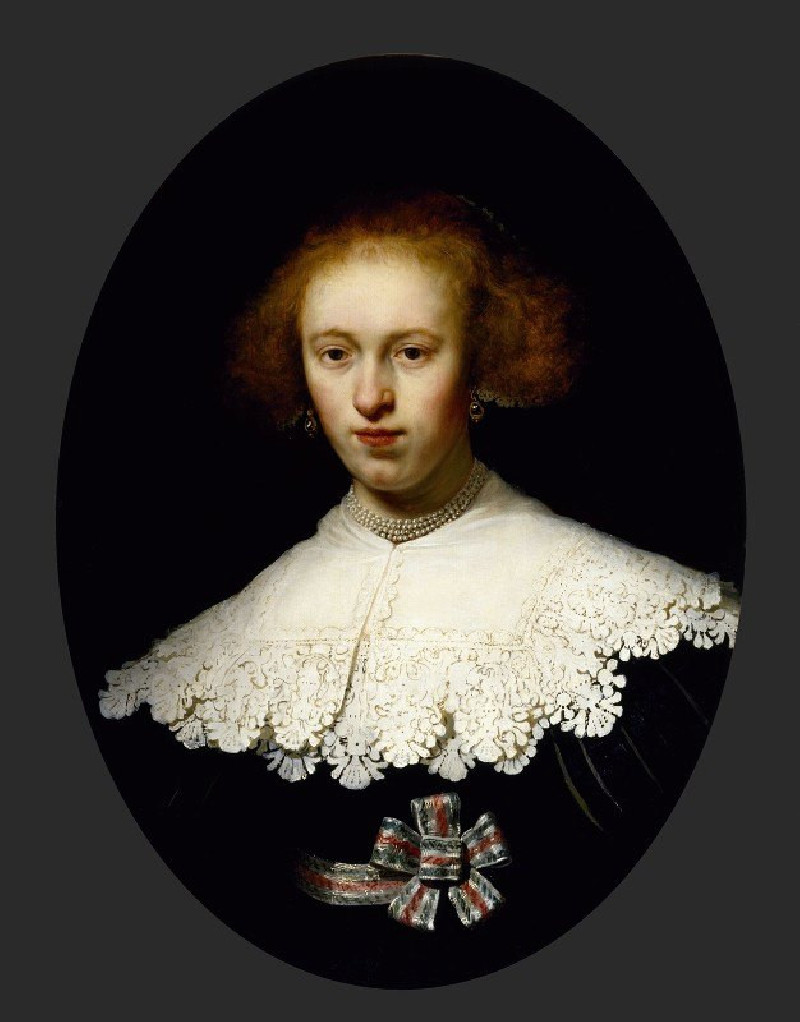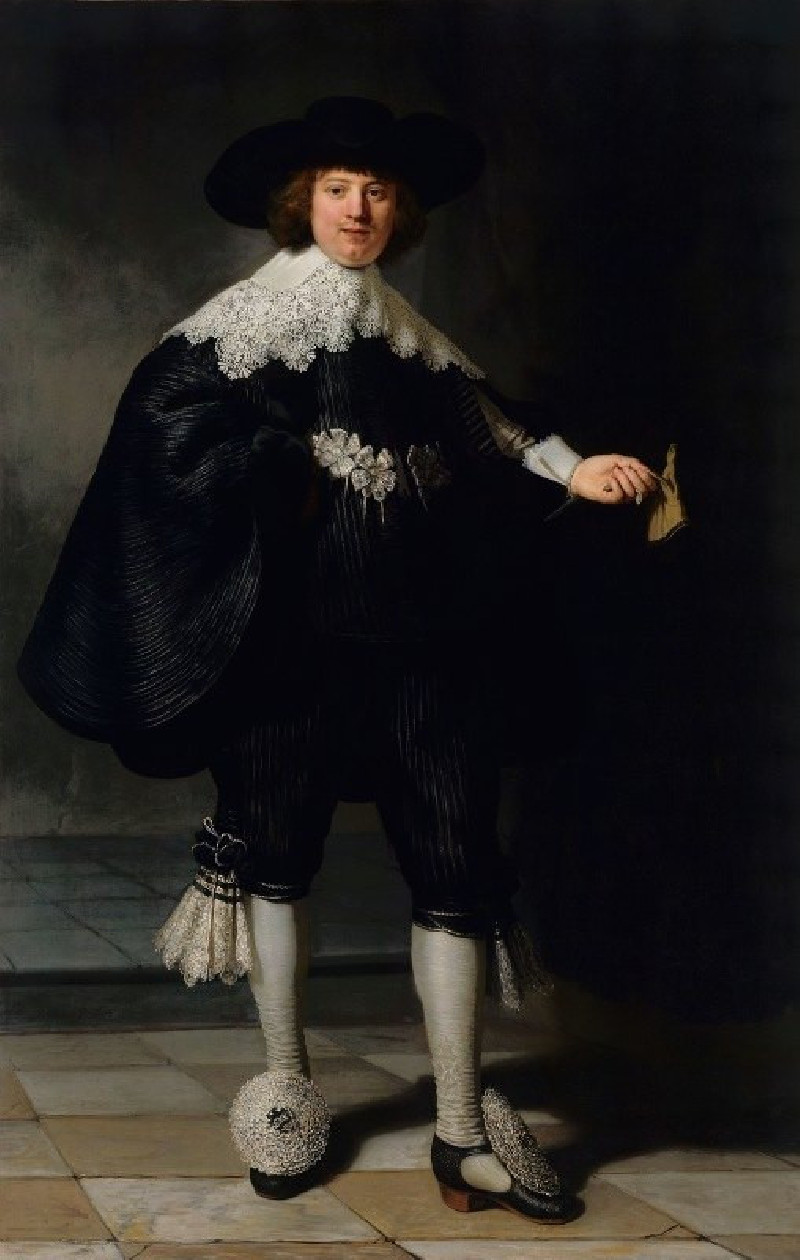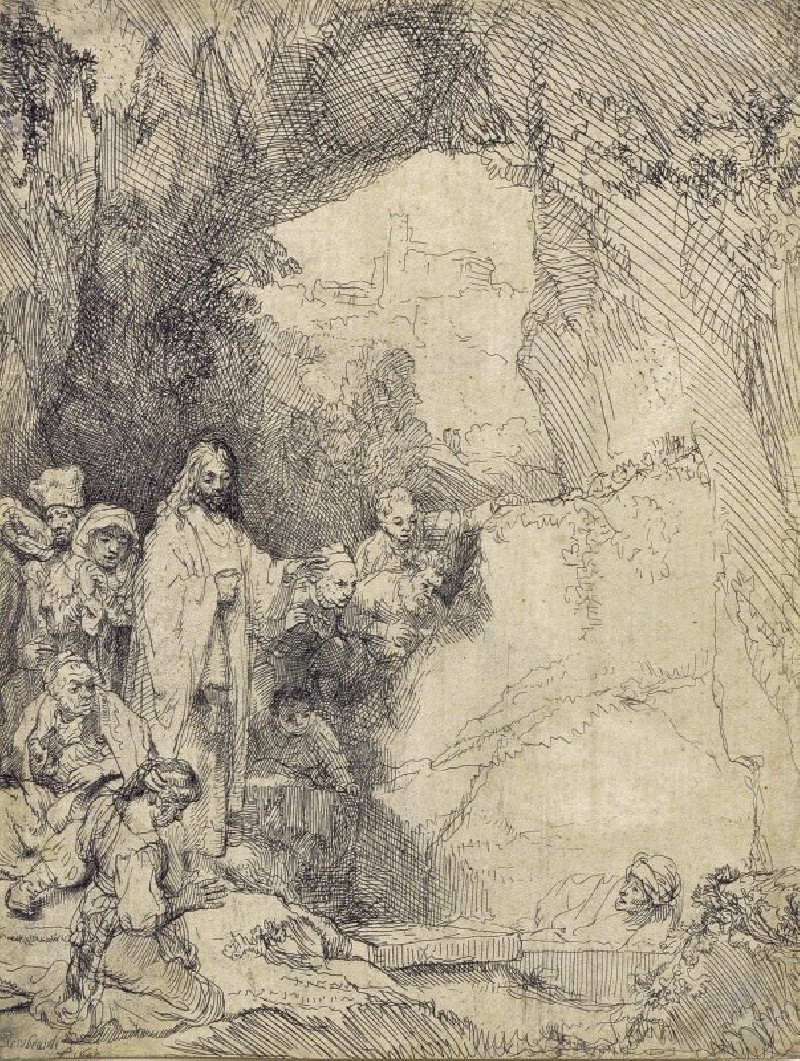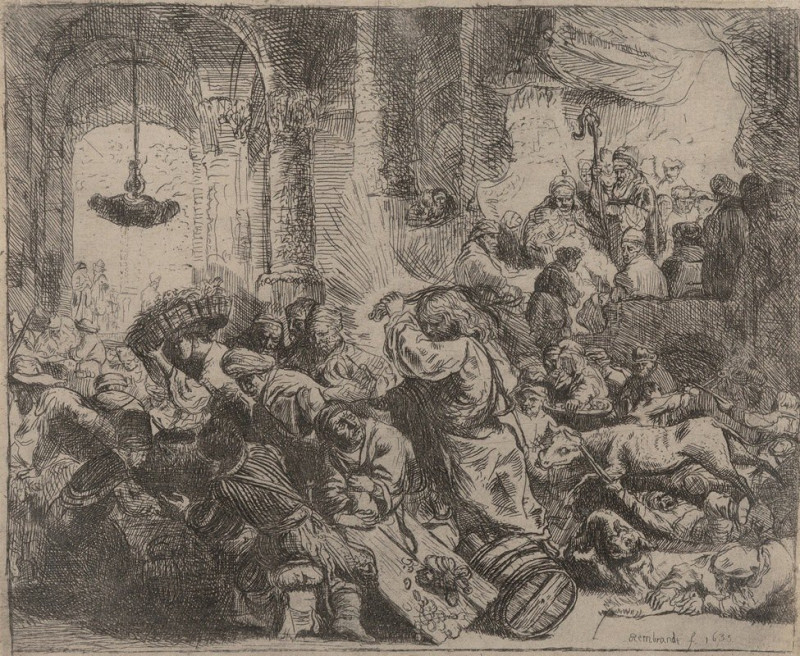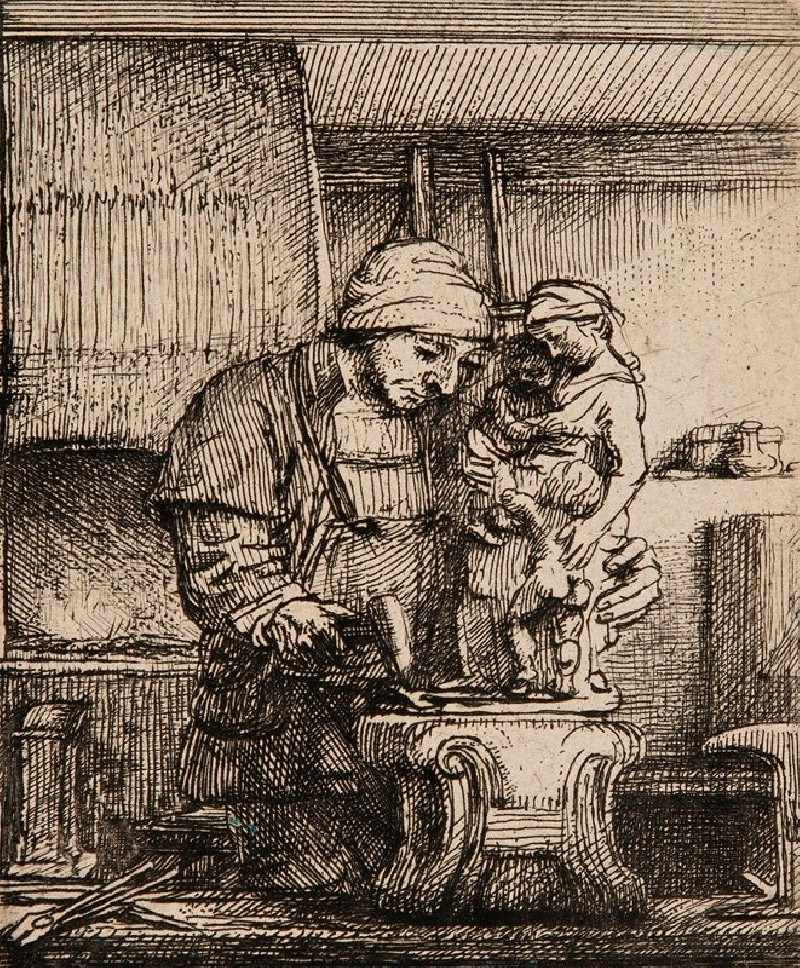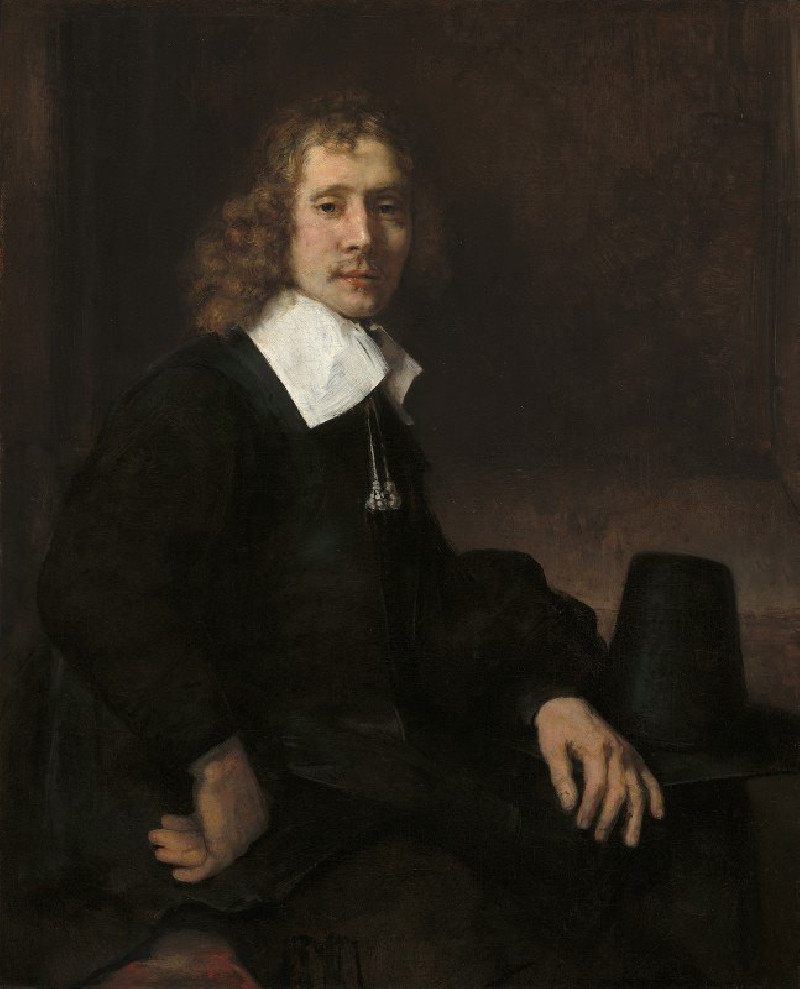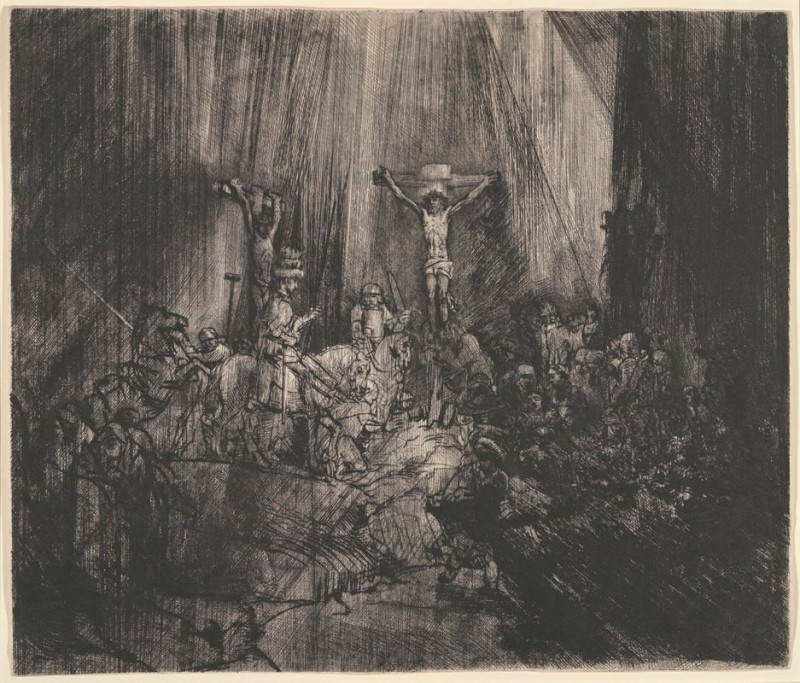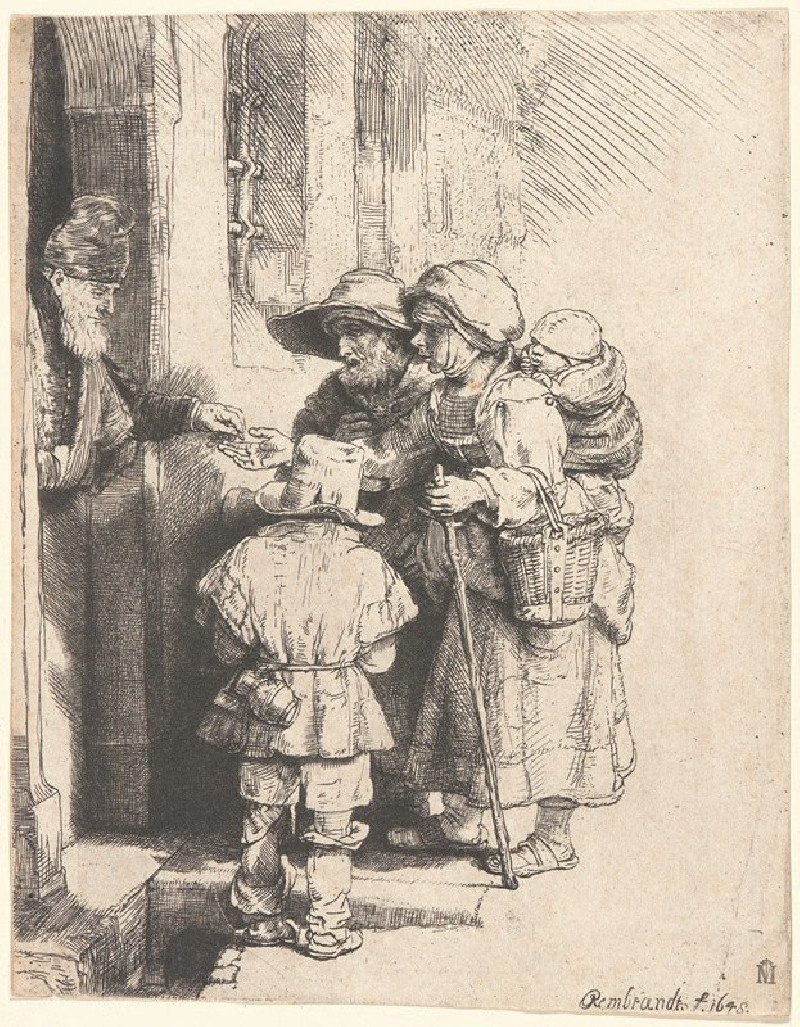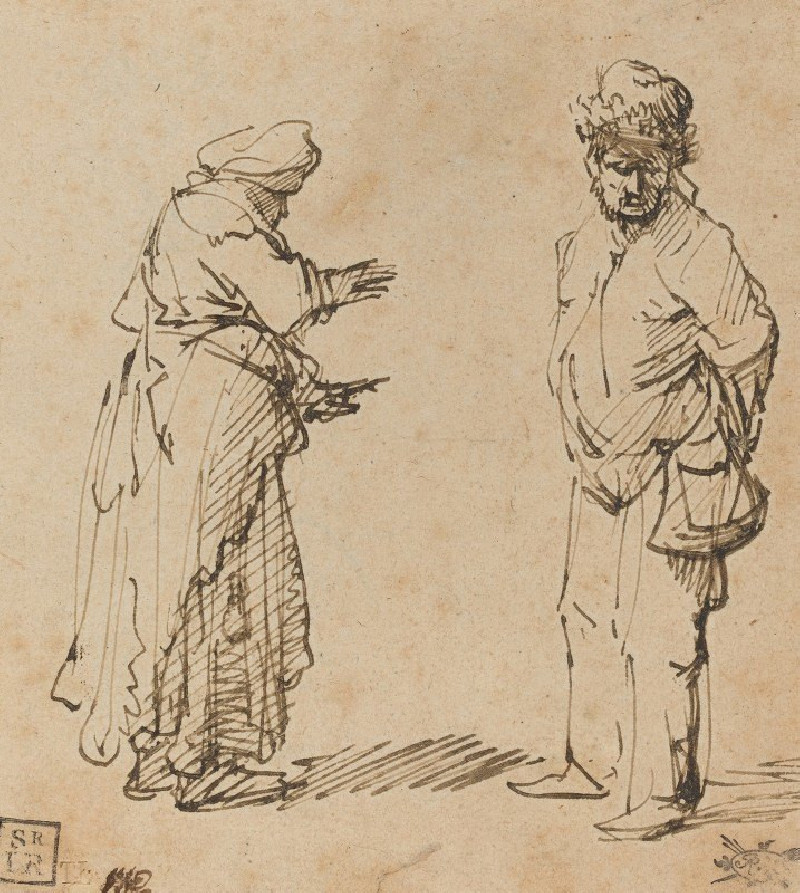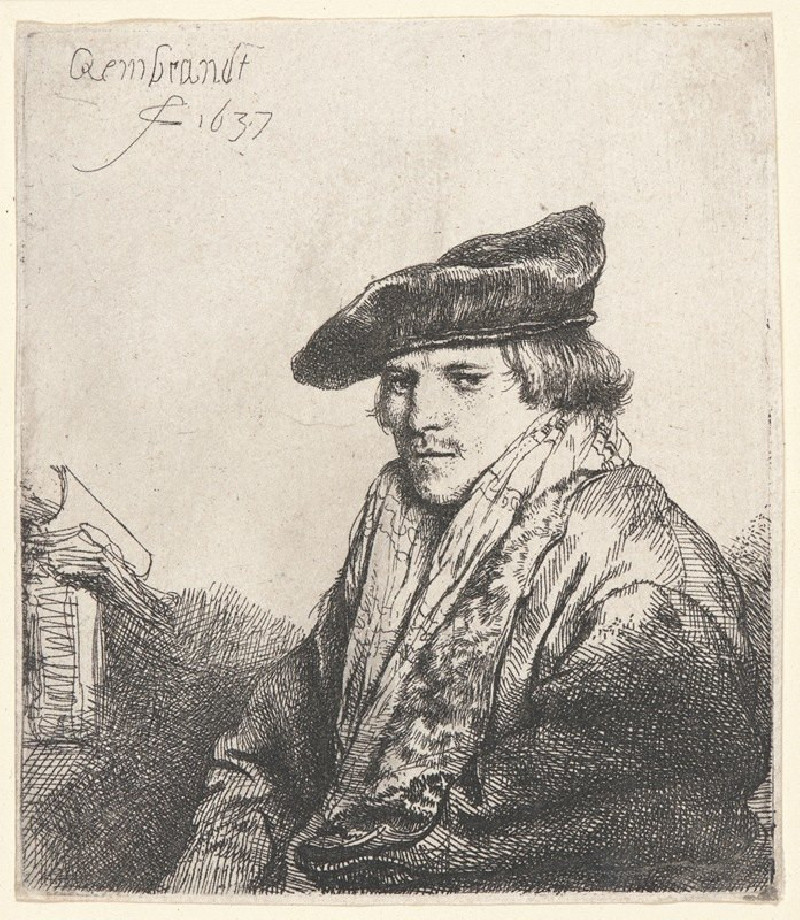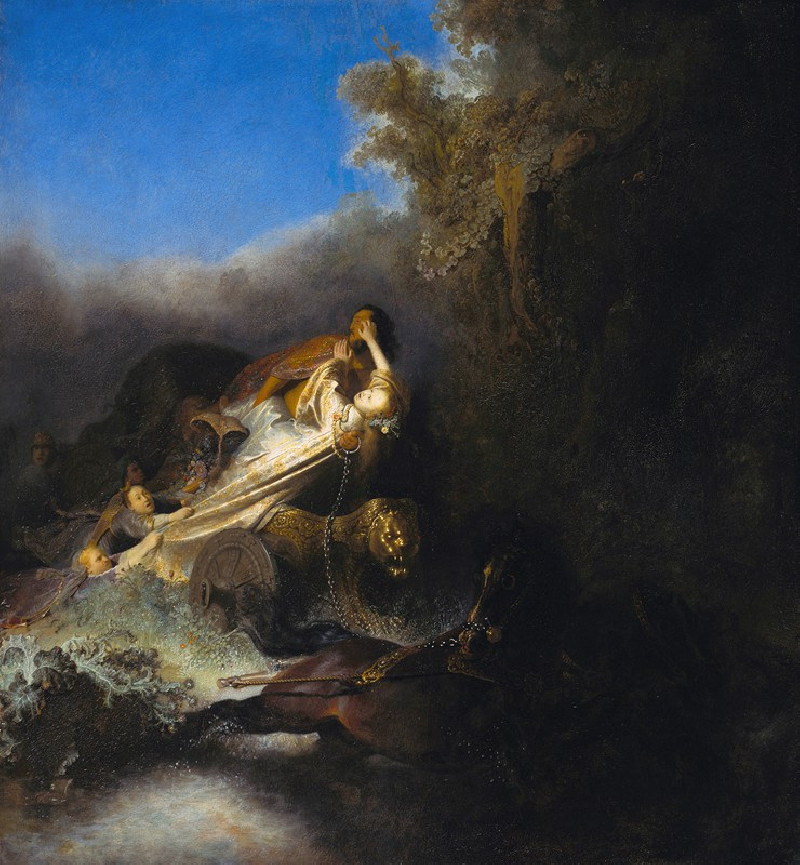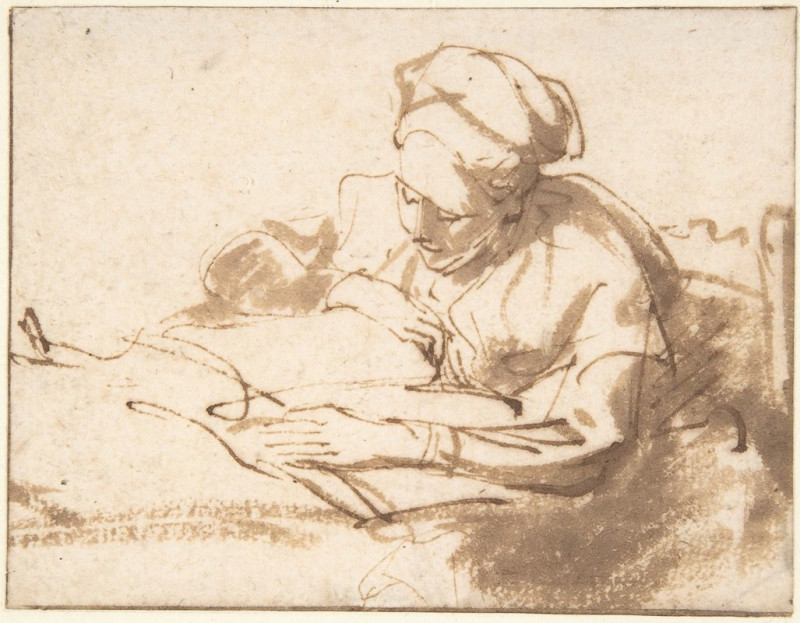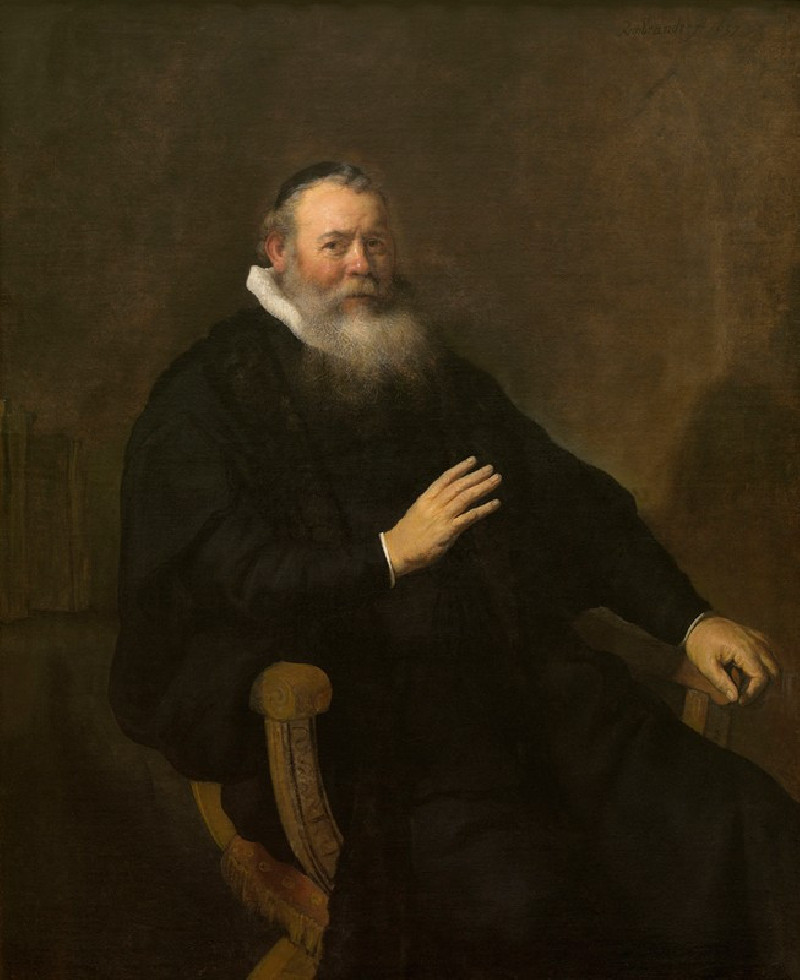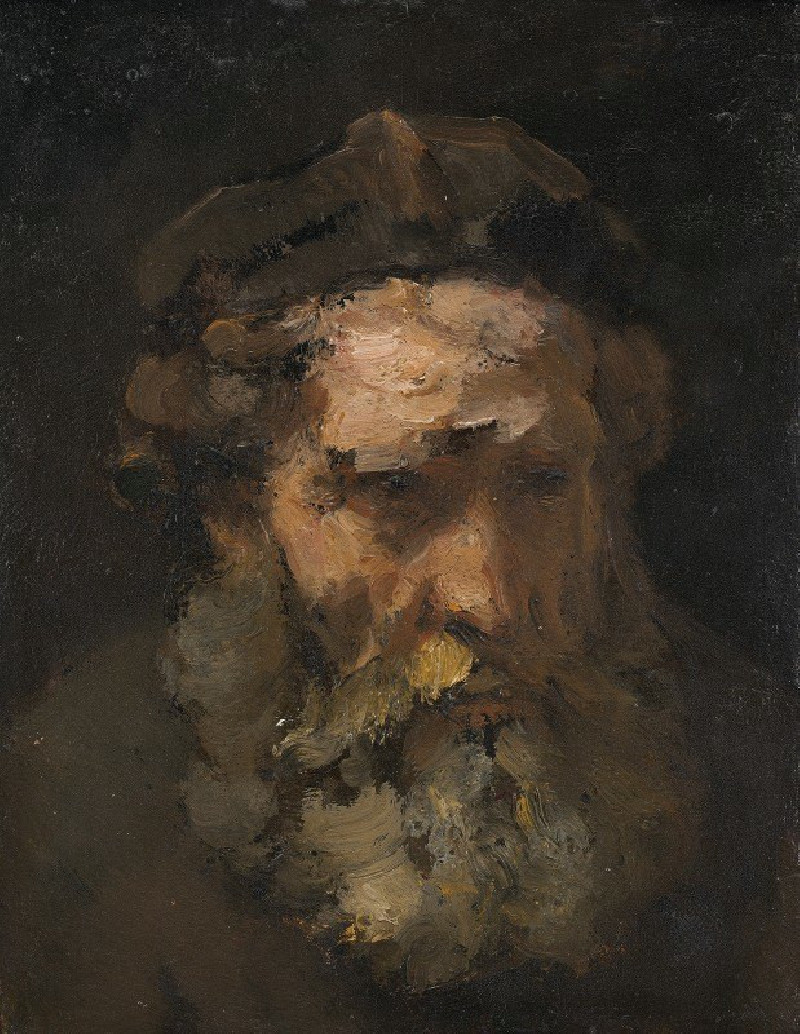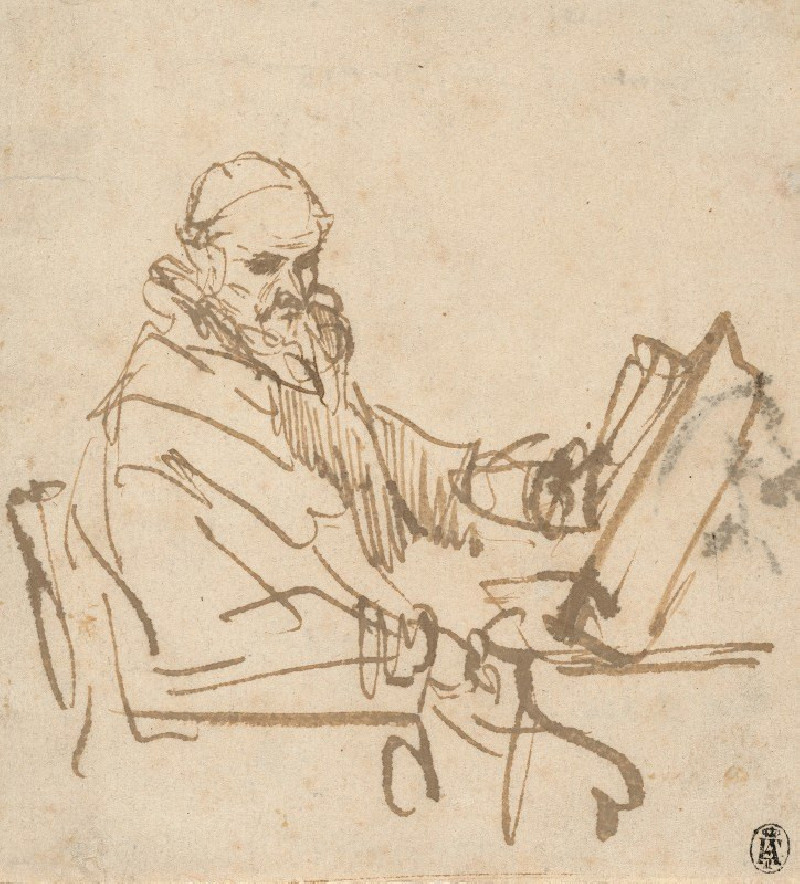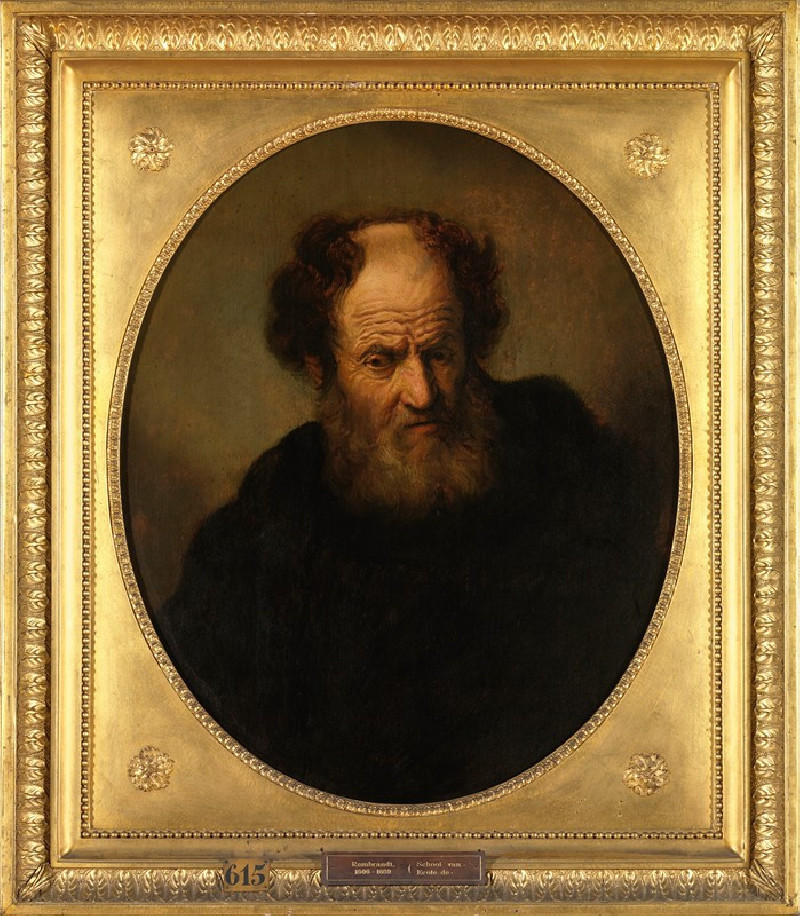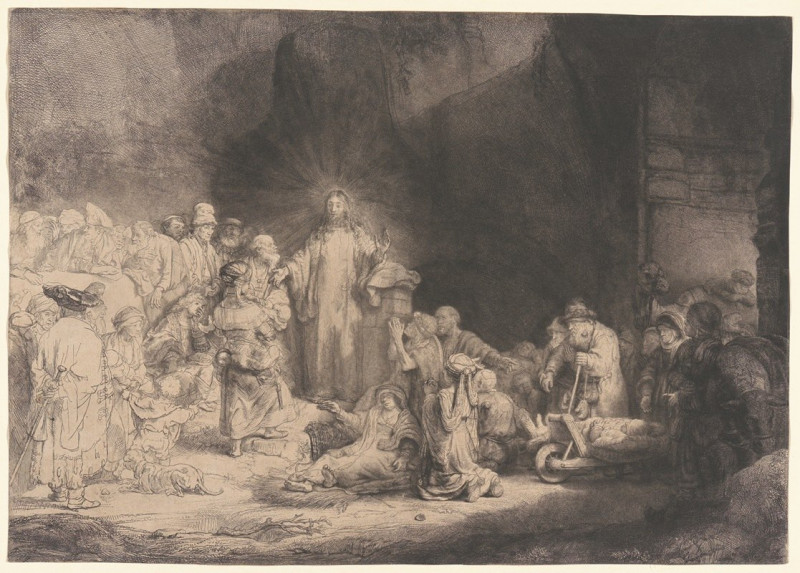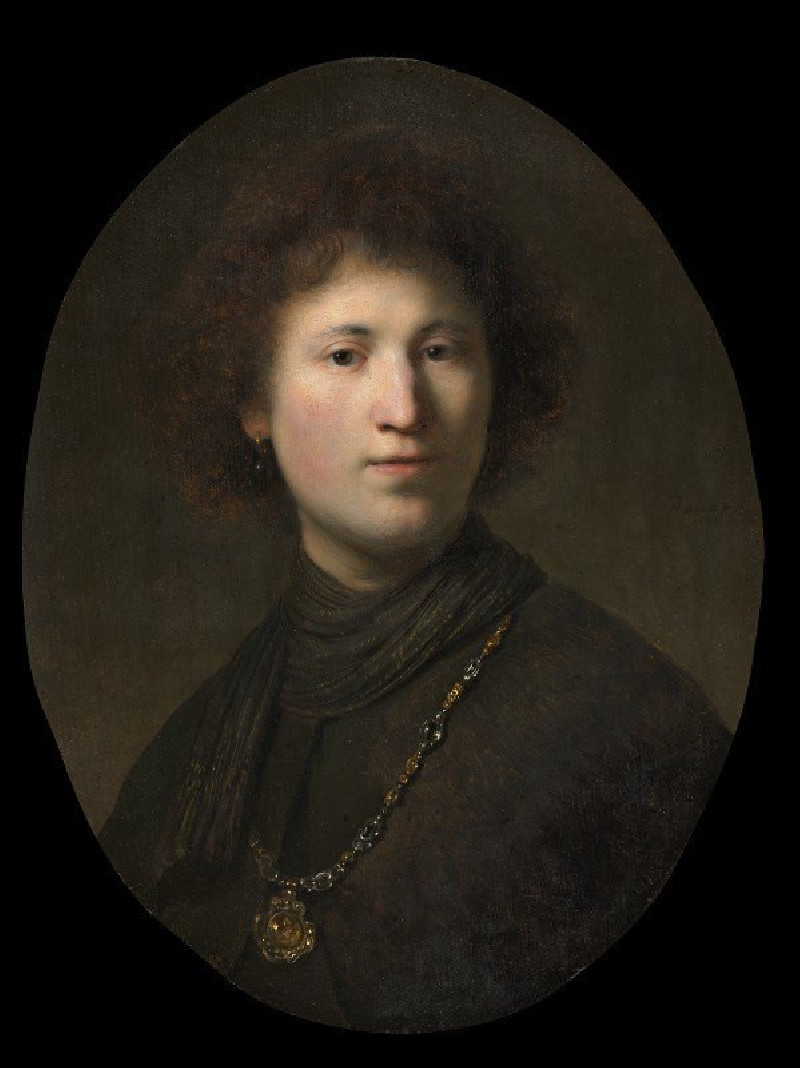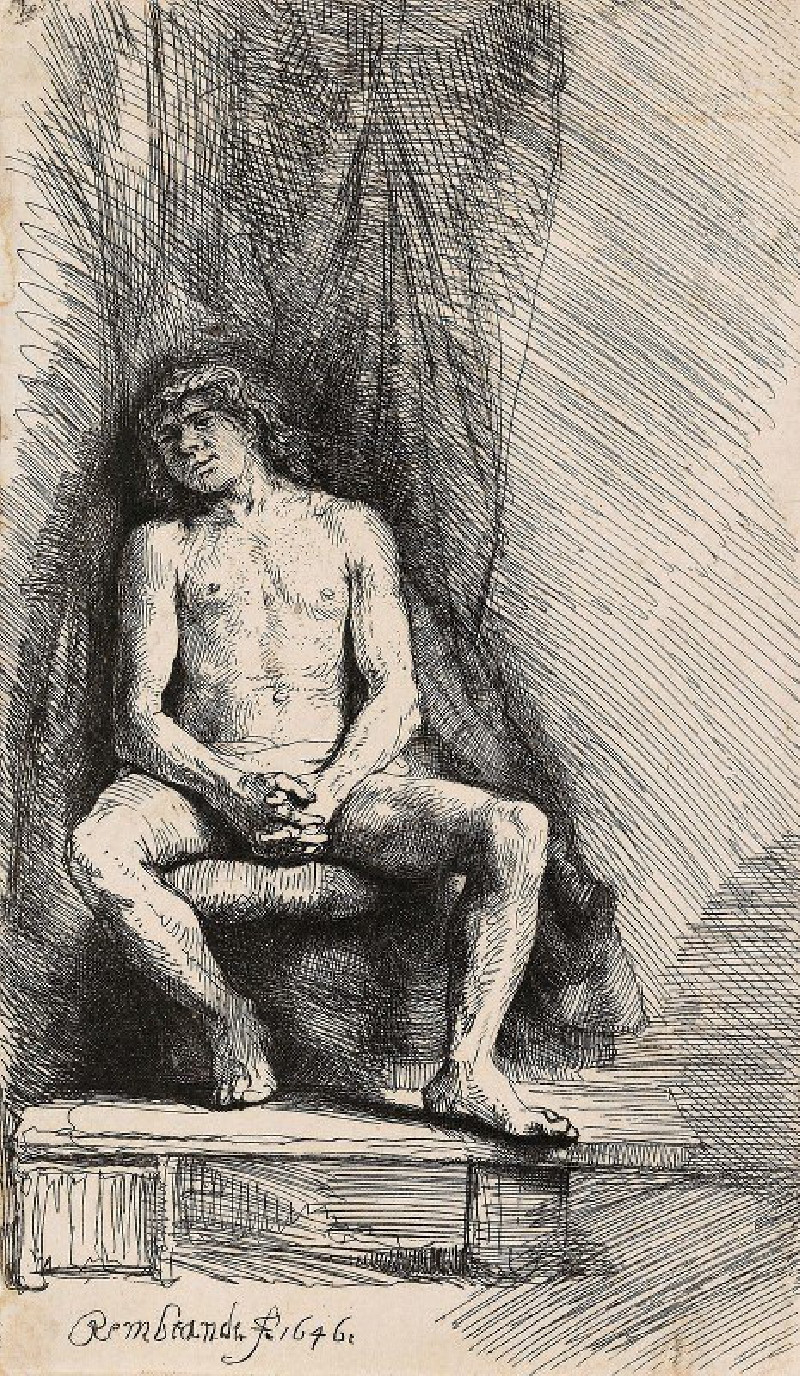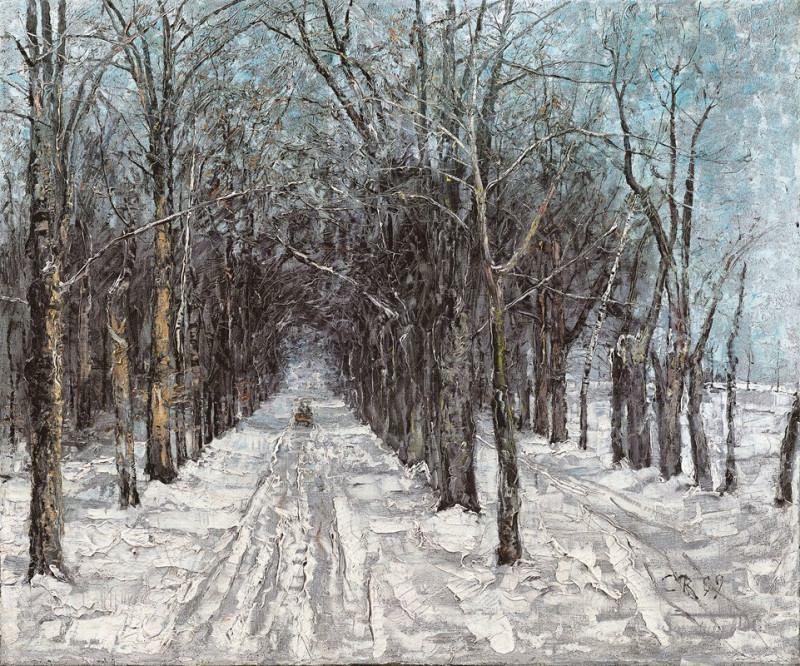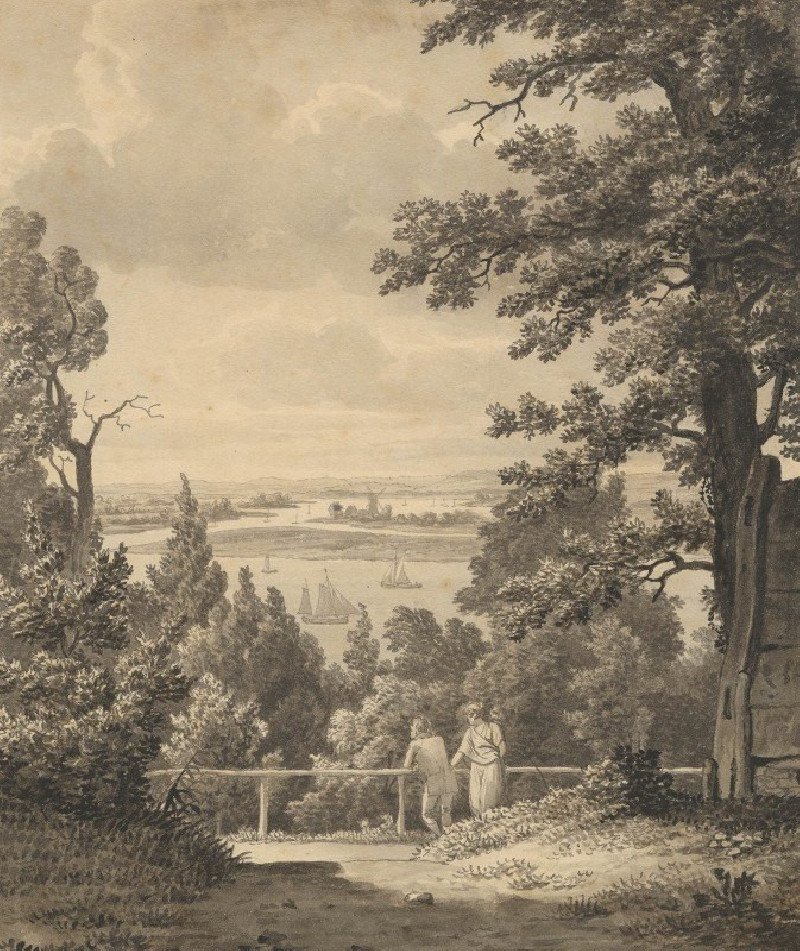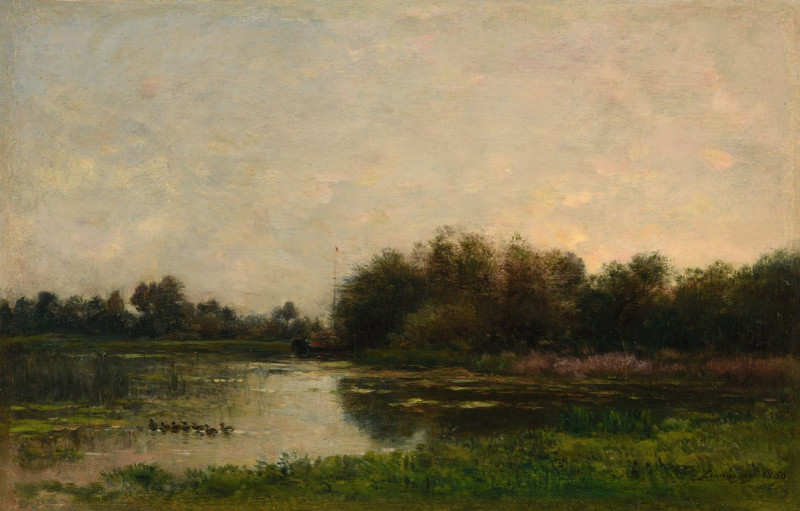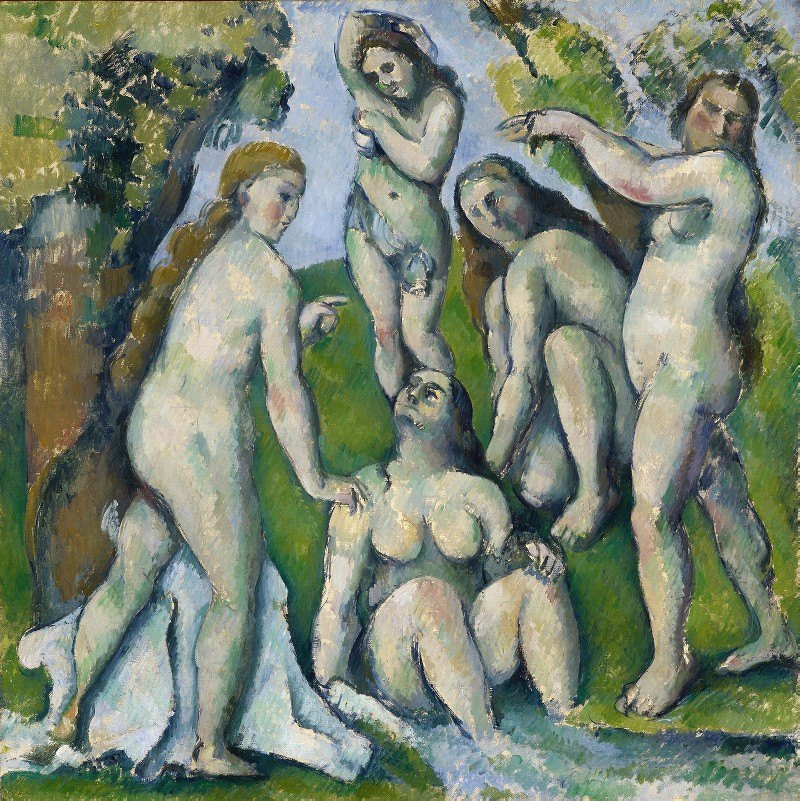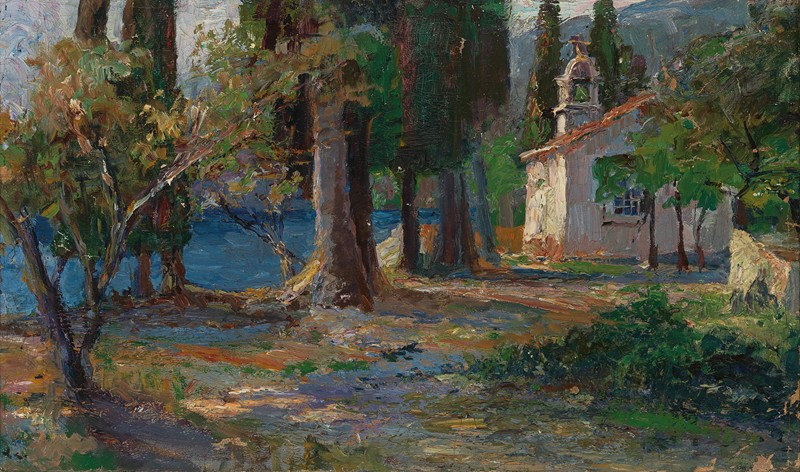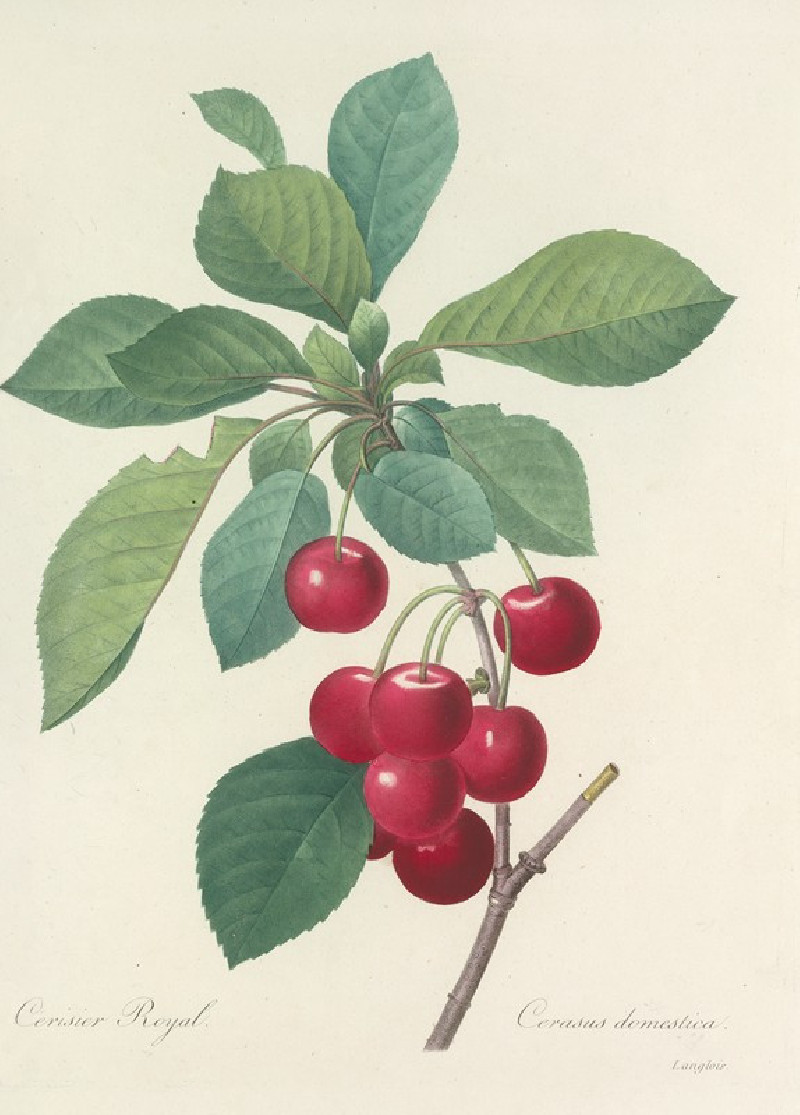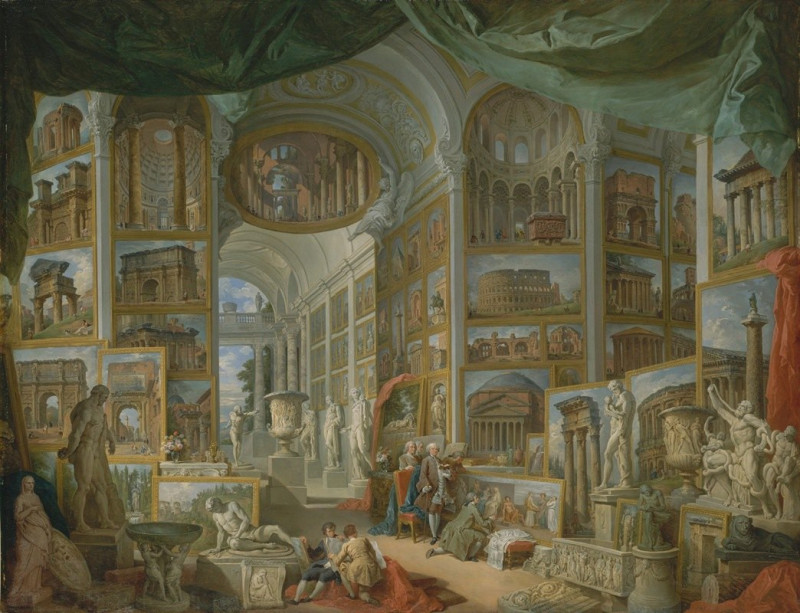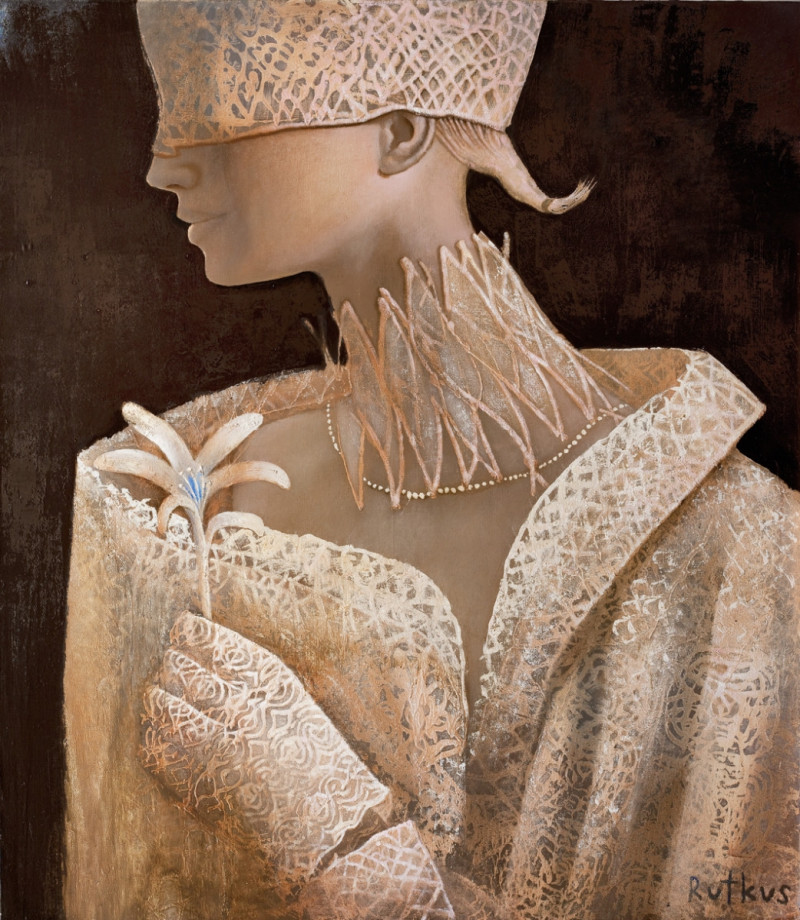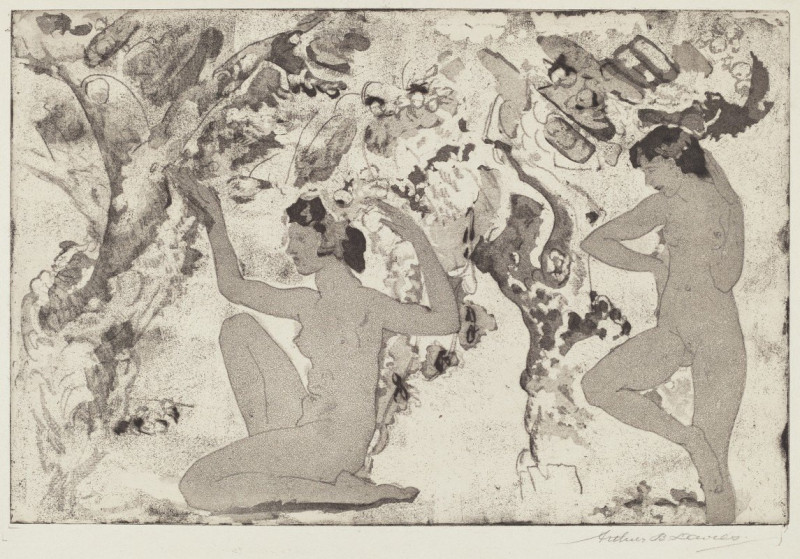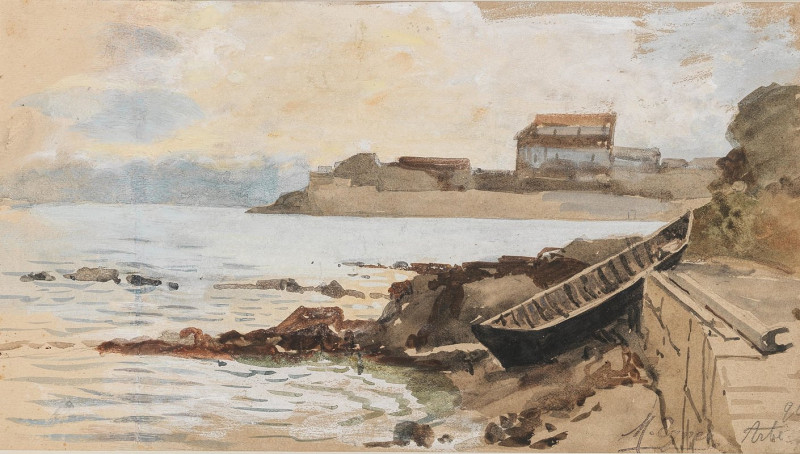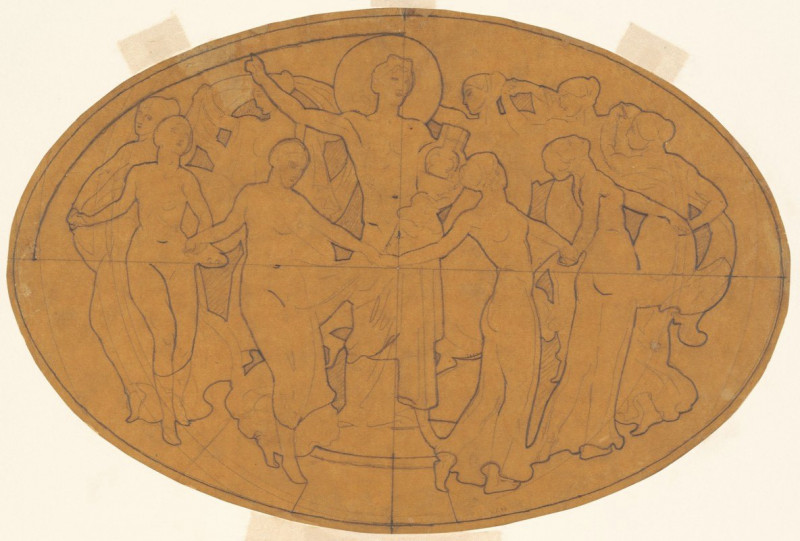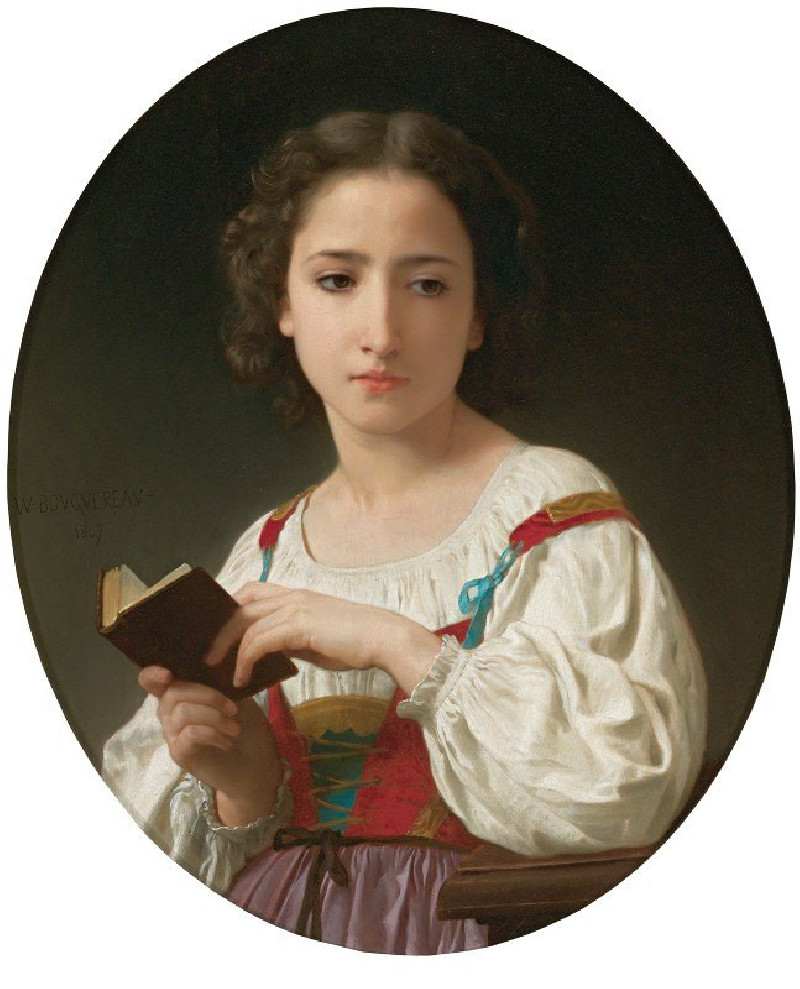The Conspiracy of the Batavians under Claudius Civilis
Technique: Giclée quality print
Recommended by our customers
More about this artwork
"The Conspiracy of the Batavians under Claudius Civilis" by Rembrandt van Rijn depicts a dramatic and decisive moment in the history of the Batavians, a Germanic tribe that once inhabited the Rhine delta region of the Roman Empire. This powerful painting, created around 1661-1662, is renowned for its intense portrayal of rebellion and unity.In the artwork, Rembrandt captures a nocturnal assembly of Batavians who are gathered to swear an oath of allegiance and conspiracy against the Roman Empire. The scene is illuminated with fiery, golden hues that spotlight a central figure, Claudius Civilis, who appears as a striking and dominant character with a noticeable, bandaged eye that signposts his previous battles and hardships. Civilis, depicted with robust and defiant features, is seen rallying his people, embodying the spirit of resistance and leadership.Surrounding Civilis are various figures, who are passionately engaged in the scene, emphasizing the gravity and solemnity of their pledge. The use of light and shadow masterfully highlights their intense expressions and the dramatic interaction of hands grasping a sword in the center—symbolizing their united strength and commitment to the cause. The composition conveys movement and emotional depth, drawing the viewer into this historic and turbulent setting.Rembrandt's skillful handling of chiaroscuro enhances the theatrical intensity of the scene, making it a vivid, historical narrative that not only showcases his mastery of painting but also his deep understanding of human emotion and collective resolve.
Delivery
Returns
Rembrandt Harmenszoon van Rijn was a Dutch draughtsman, painter, and printmaker. An innovative and prolific master in three media, he is generally considered one of the greatest visual artists in the history of art and the most important in Dutch art history. Unlike most Dutch masters of the 17th century, Rembrandt's works depict a wide range of style and subject matter, from portraits and self-portraits to landscapes, genre scenes, allegorical and historical scenes, and biblical and mythological themes as well as animal studies.

